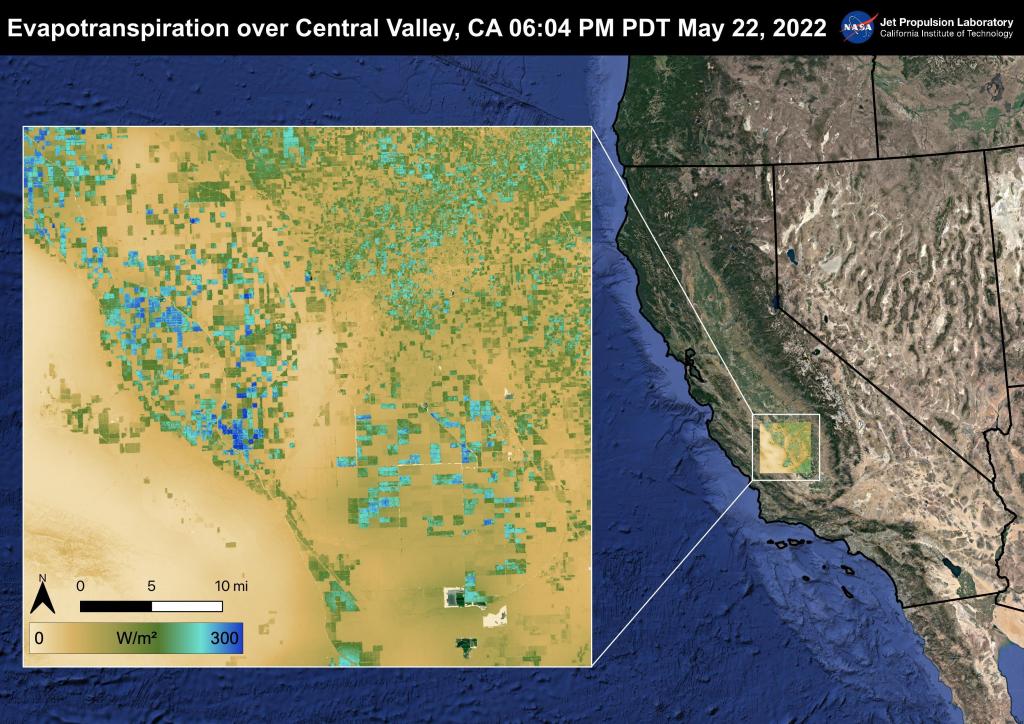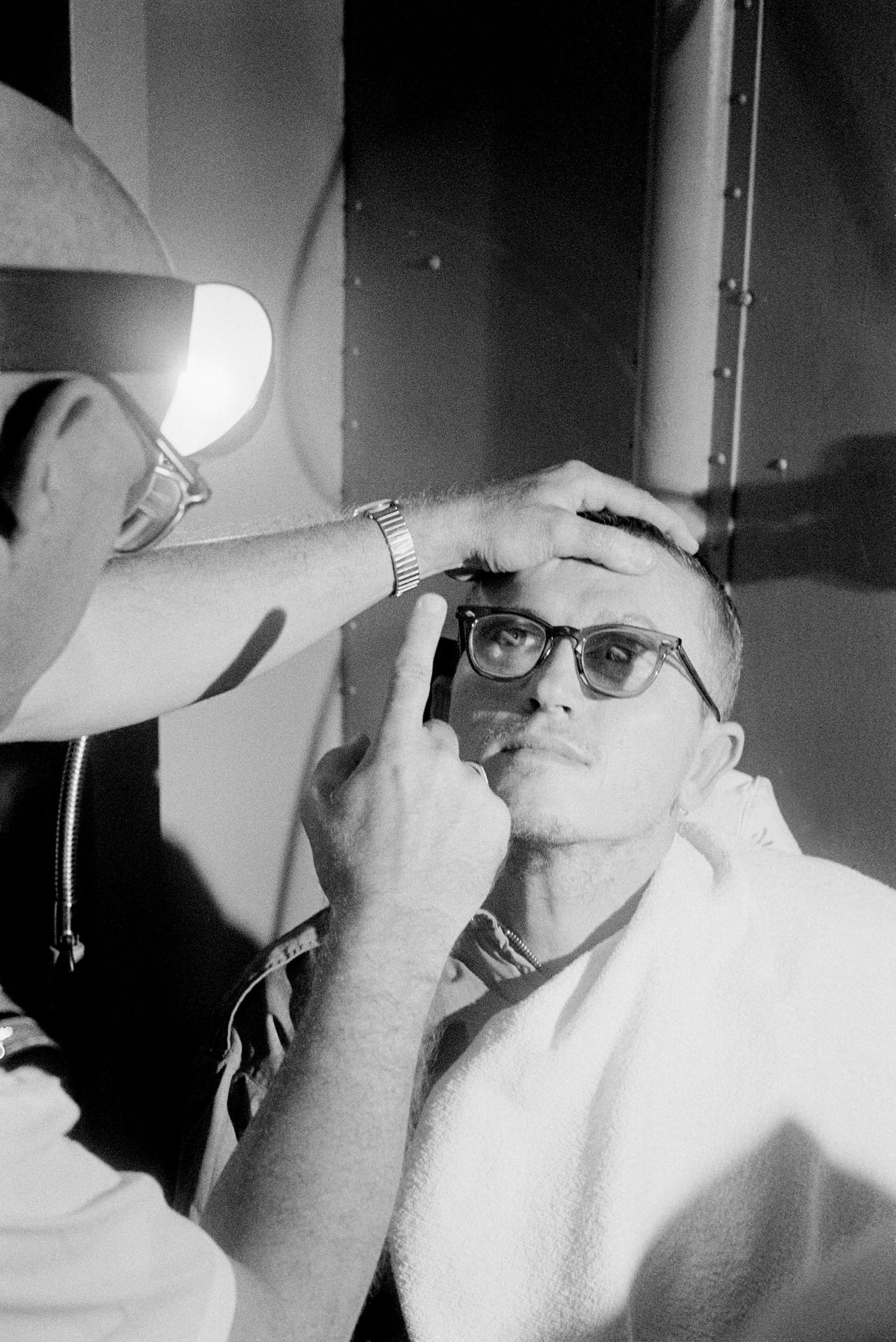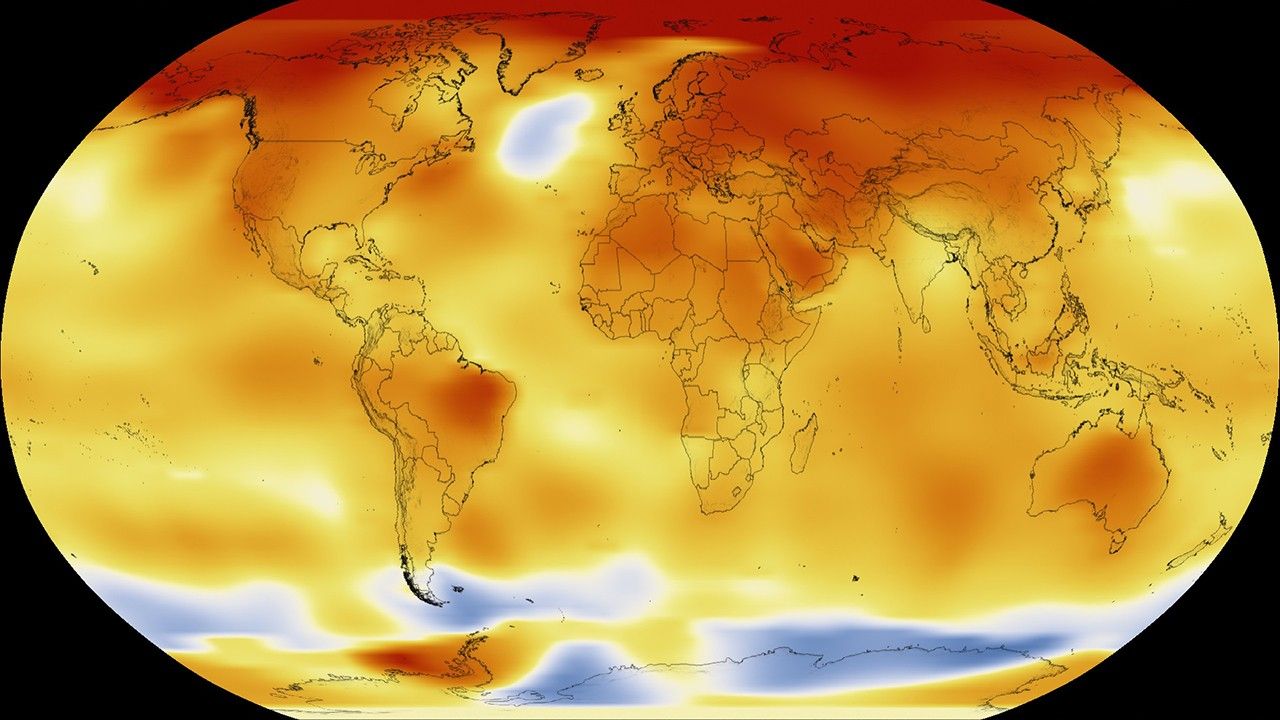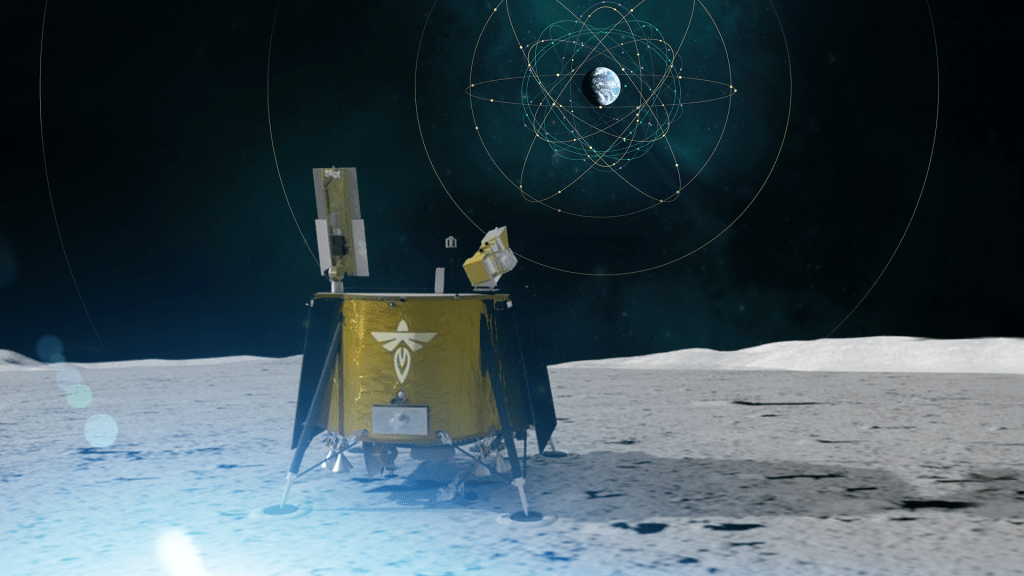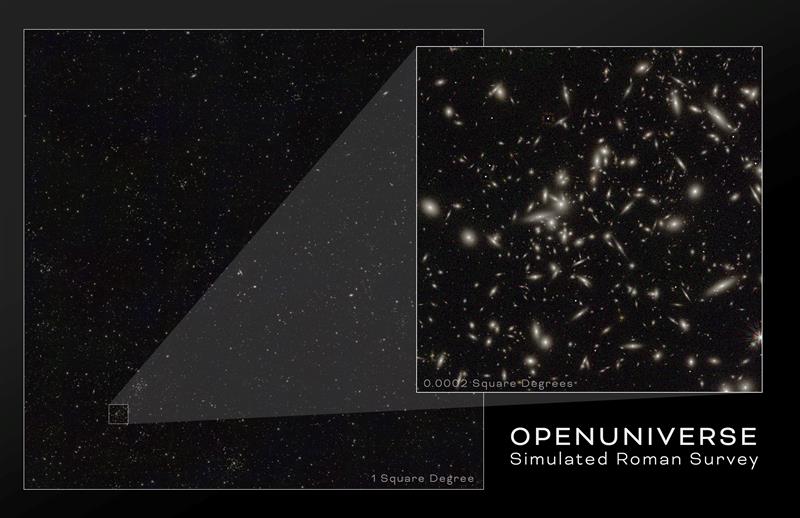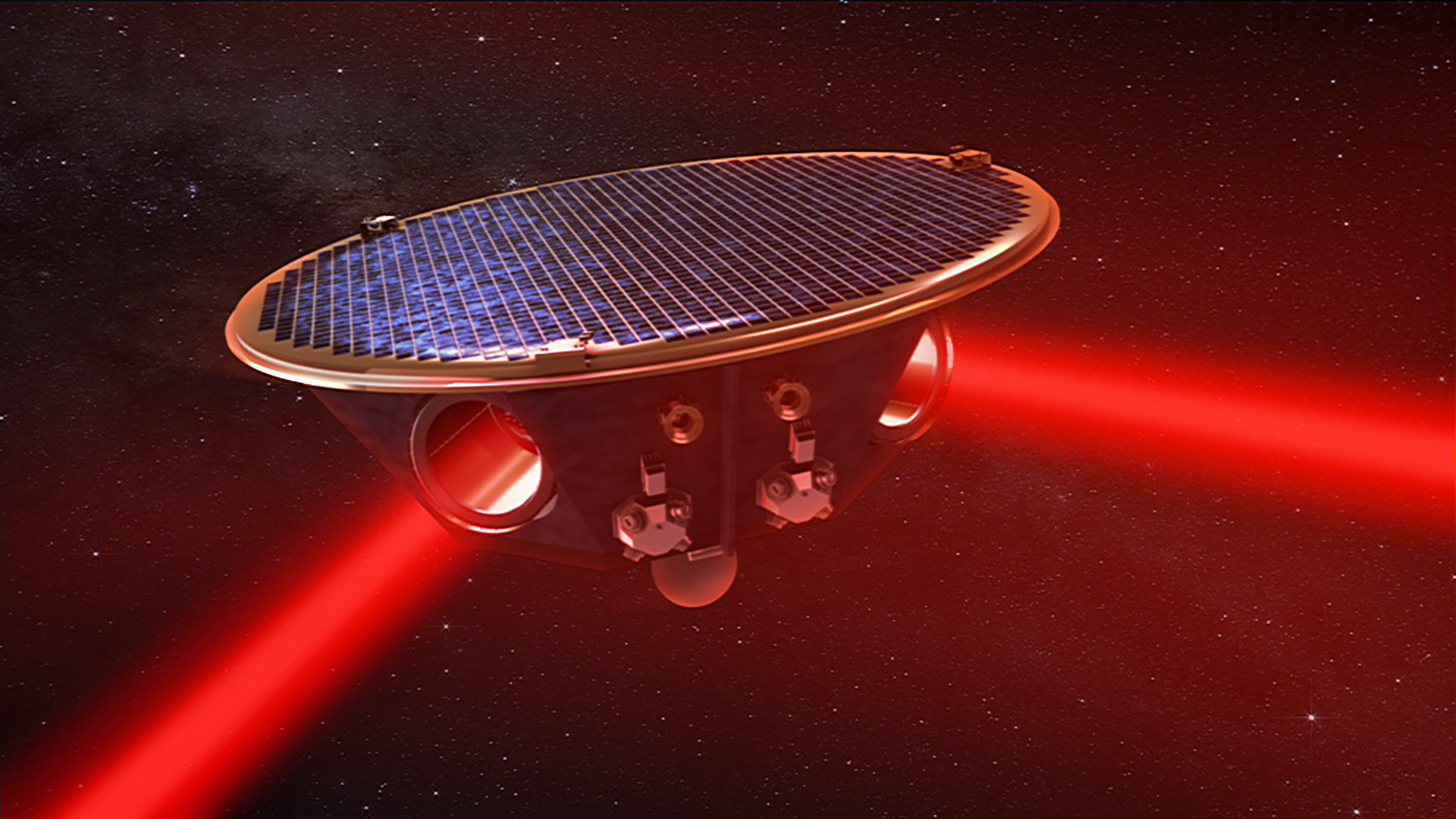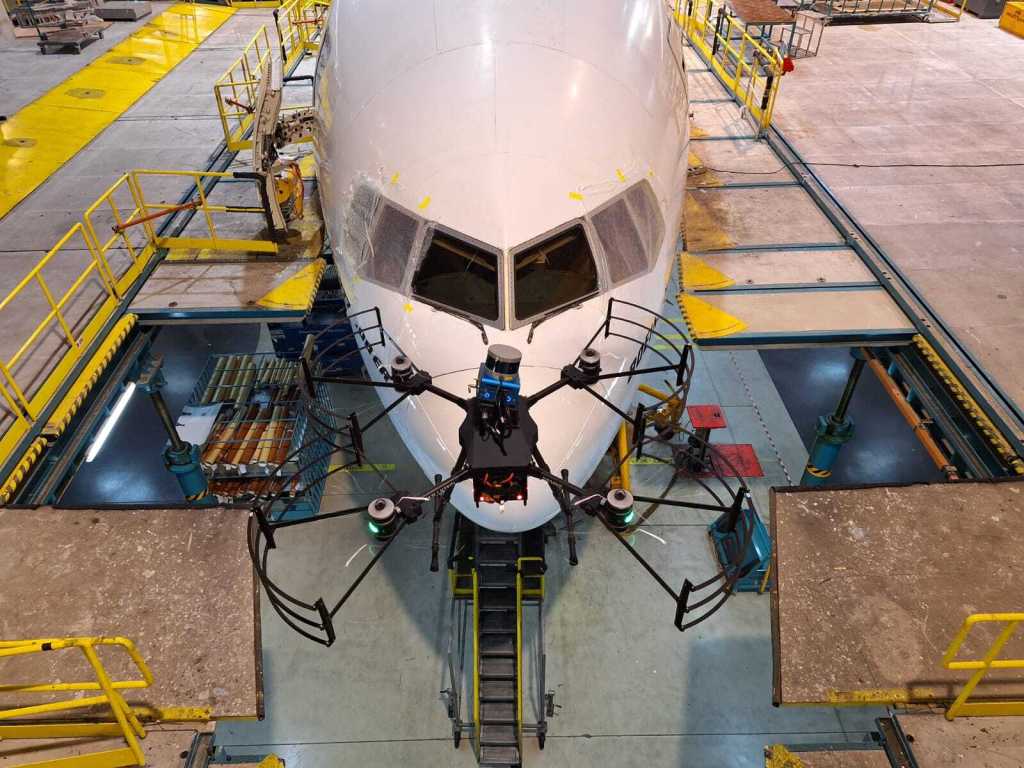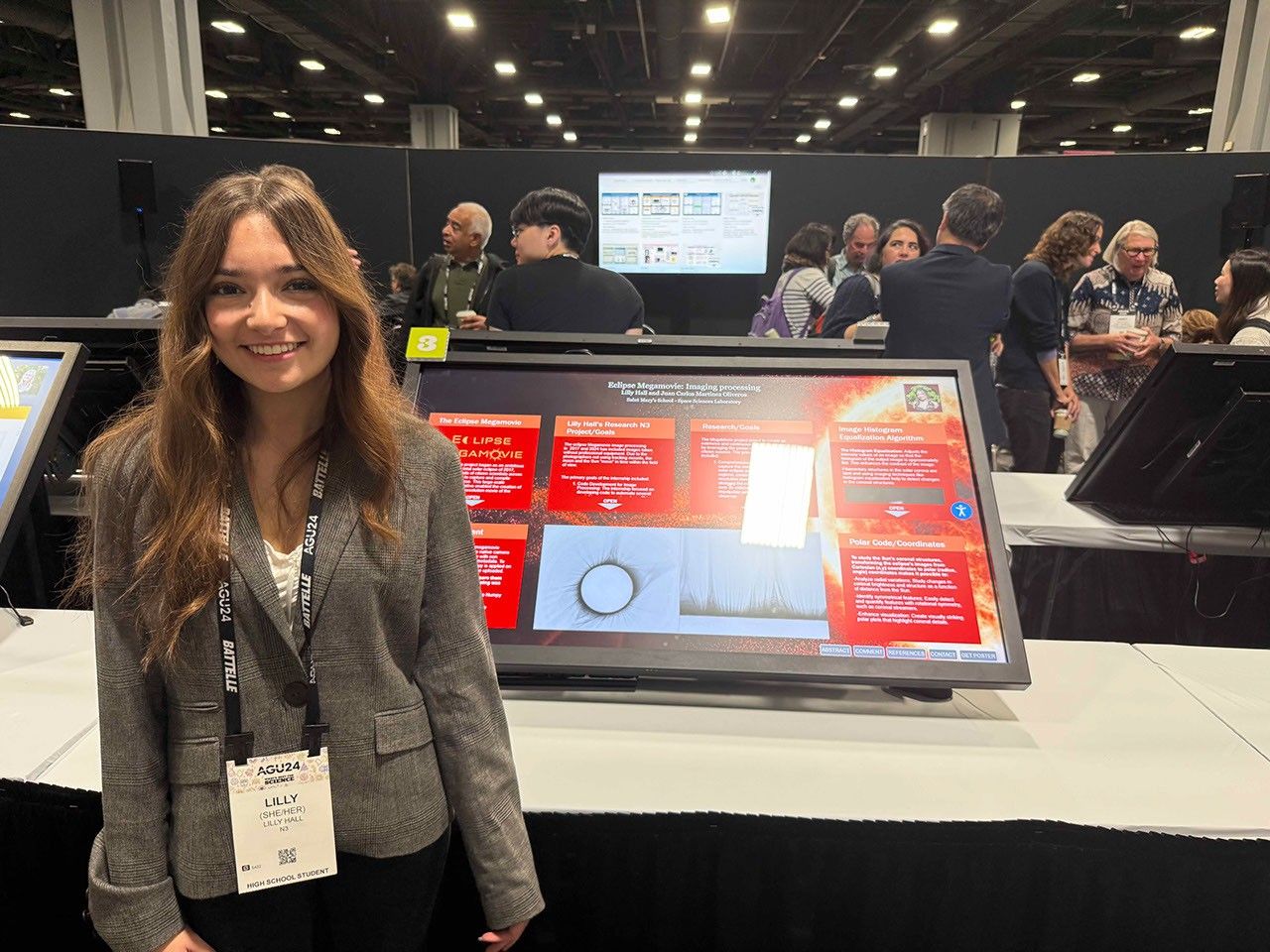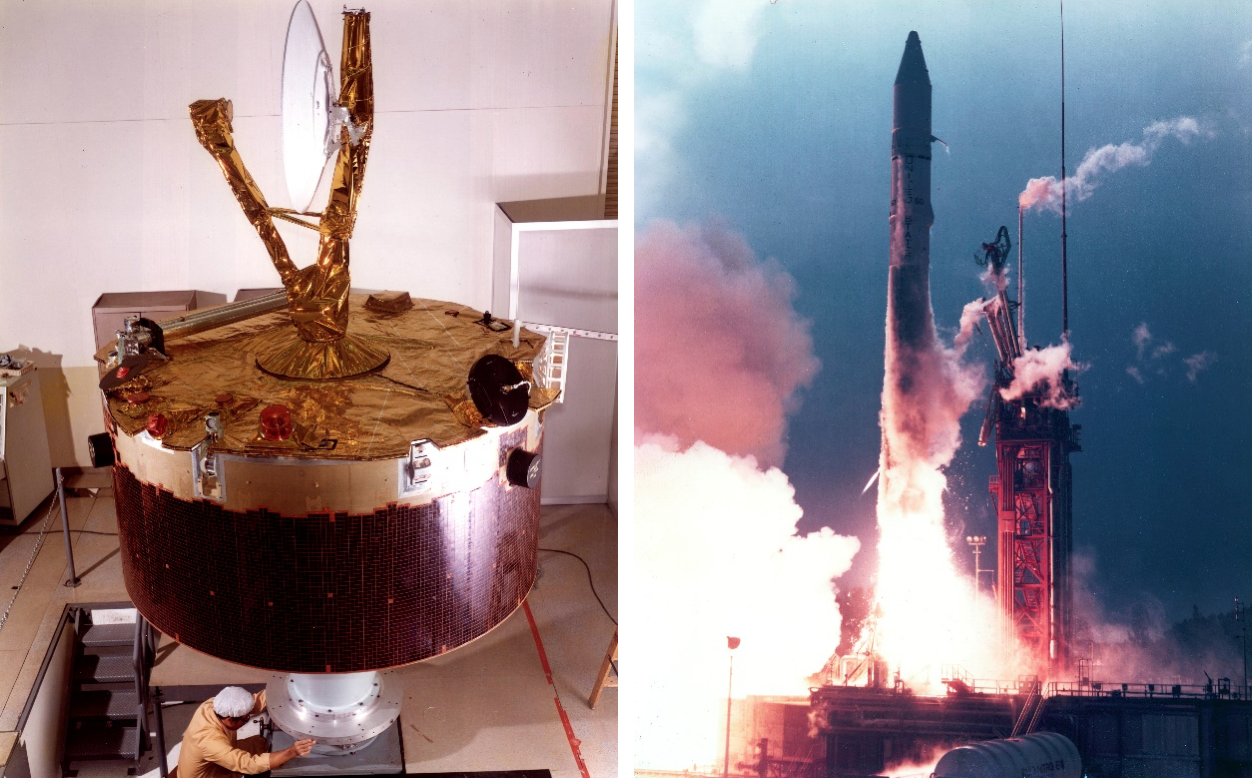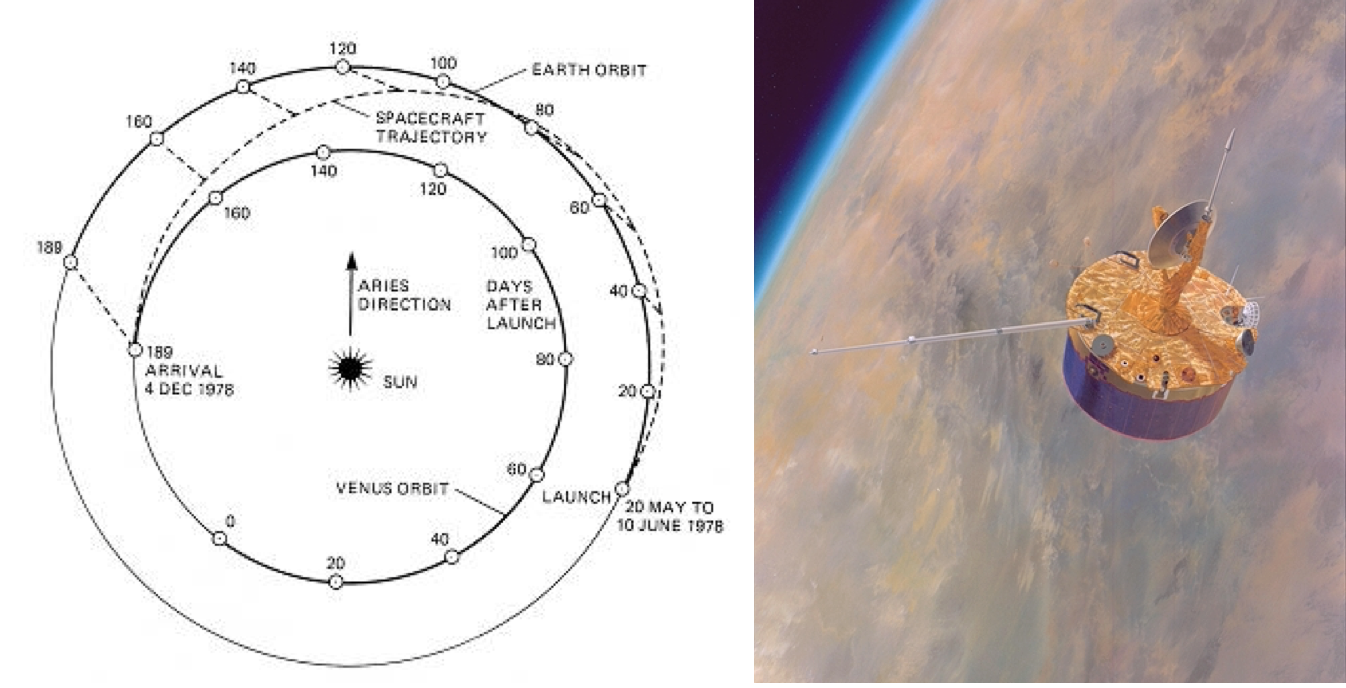The most comprehensive study of the Venusian atmosphere began 40 years ago with the Pioneer Venus project. NASA’s Ames Research Center in California’s Silicon Valley managed the project, which consisted of two spacecraft built by the Hughes Aircraft Company in El Segundo, California. Charles F. Hall (1920-1999) served as project manager. The first spacecraft, Pioneer Venus Orbiter, launched first and remotely gathered information to analyze Venus’ atmosphere using a suite of instruments. The second spacecraft, Pioneer Venus Multiprobe, contained several entry probes to collect data on the atmosphere from the cloud tops all the way down to the surface at several sites around the planet. A NASA Science Steering Committee in 1972 listed 24 important scientific questions at the forefront of Venus research, and the Pioneer Venus project addressed 23 of them. A total of 114 scientists were associated with the Pioneer Venus project, representing 34 colleges and universities, 14 federal laboratories and 15 industrial laboratories, as well as 10 foreign countries.
Slightly smaller than Earth, Venus is our closest planetary neighbor. Despite its proximity, relatively little was known about the planet in the late 1970s, especially its lower atmosphere. Several spacecraft had visited Venus in the 1960s and 1970s to try to unlock some of its secrets. Three American spacecraft made brief fly-bys of the planet and eight Soviet spacecraft attempted to land on it, with only the last four achieving that goal. One reason for the difficulty in the landing attempts was Venus’ atmosphere. At the surface, temperatures reach 900o F and pressures are more than 90 times higher than at Earth’s sea level – the equivalent of being more than half a mile under water. The thick atmosphere, composed of more than 96% carbon dioxide with clouds of sulfuric acid, prevents direct visualization of the planet’s surface.
Pioneer Venus Orbiter launched first on May 20, 1978, from Cape Canaveral Air Force Station atop an Atlas-Centaur rocket. Mission planners chose a longer 7-month trajectory to Venus that ensured a slower speed when the spacecraft arrived at its destination, thereby saving fuel required for the orbit insertion burn. Pioneer Venus Orbiter carried 17 scientific instruments to study the planet’s atmosphere during its planned operational life of one Venusian “day”, equivalent to 243 Earth days. Pioneer Venus Multiprobe launched in August but on a faster trajectory ensuring both spacecraft arrived at their cloud-shrouded destination within a few days of each other in December. The two Pioneer Venus spacecraft gathered and transmitted to Earth a wealth of new information about our sister planet. While the Multiprobe’s mission was brief once it arrived at Venus, the Orbiter far outlasted its expected lifetime, transmitting data about the planet until 1992, by which time the Magellan radar mapping spacecraft joined it in orbit to continue detailed Venus observations.
Follow-on articles will describe the Pioneer Venus Multiprobe in more detail (August) and the two spacecraft’s arrival at Venus and what they learned about the planet (December). Two Soviet spacecraft, Venera 11 and 12, launched in late September 1978 and arrived at Venus a few weeks after the Pioneer Venus craft. Each Venera consisted of a fly-by bus that released a softlander as it approached Venus. Results from the Veneras will be included in the December article.
Previous articles featured Mariner 2 and Mariner 5 encounters with Venus.
Learn more about the Pioneer Venus Orbiter launch in a related story from NASA’s Ames Research Center:
Pioneer Venus OrbiterFor more on the Pioneer Venus project, please see this NASA Ames documentary: https://www.youtube.com/watch?v=LaGH6dE2bpE





